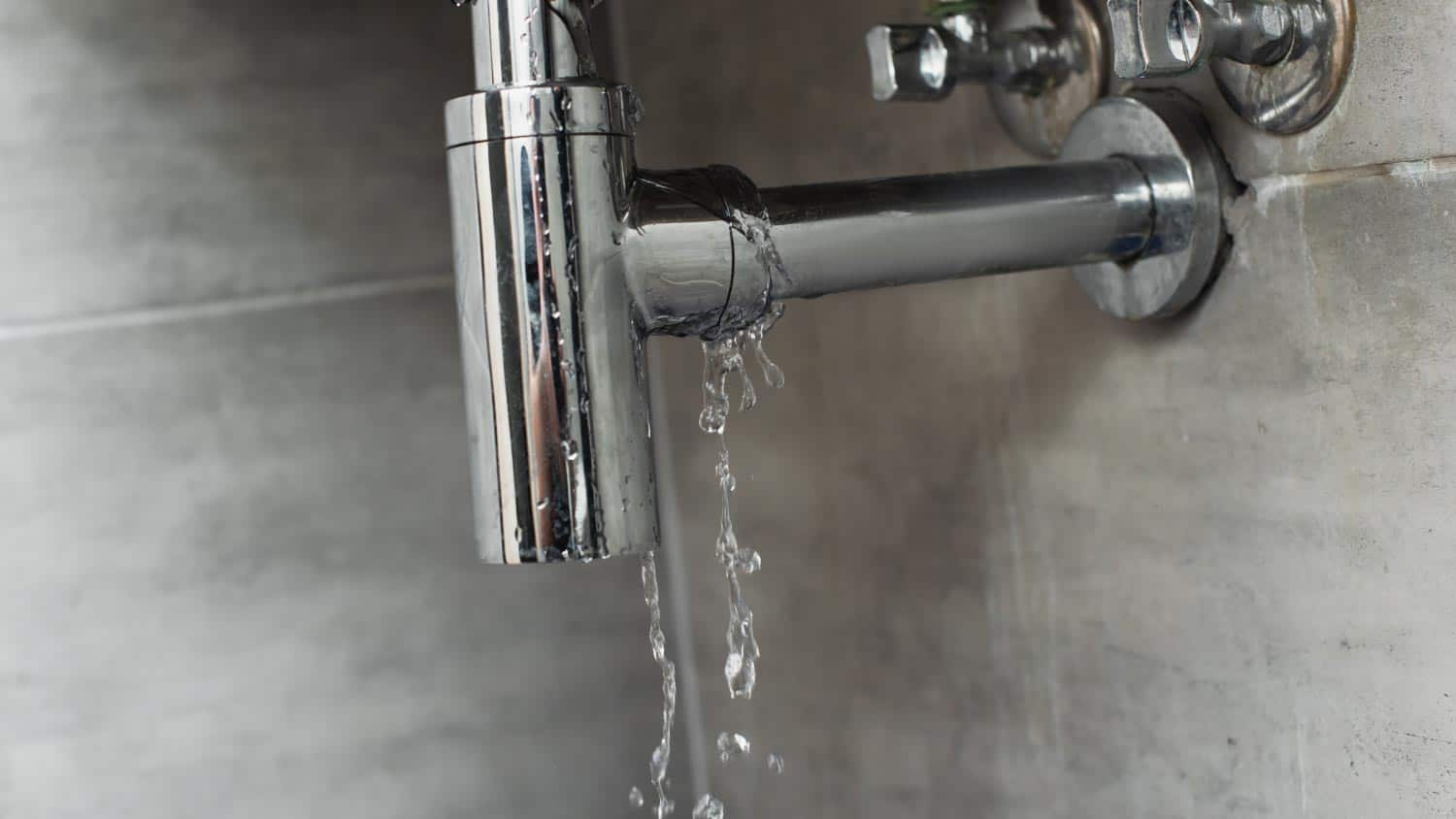Expose Concealed Water Line Leaks: Six Effective Detection Methods
Expose Concealed Water Line Leaks: Six Effective Detection Methods
Blog Article
They are making a few good points related to Finding hidden leaks as a whole in the content beneath.

Early discovery of dripping water lines can mitigate a potential catastrophe. Some tiny water leaks might not be noticeable.
1. Check Out the Water Meter
Every house has a water meter. Checking it is a surefire way that aids you uncover leakages. For beginners, switch off all the water resources. Make sure nobody will purge, utilize the faucet, shower, run the washing maker or dishwasher. From there, most likely to the meter and watch if it will certainly change. Given that nobody is utilizing it, there should be no motions. That indicates a fast-moving leakage if it relocates. Likewise, if you discover no changes, wait an hour or two and examine back once again. This indicates you may have a sluggish leakage that could even be below ground.
2. Examine Water Intake
Evaluate your water expenses as well as track your water intake. As the one paying it, you ought to discover if there are any inconsistencies. If you find sudden changes, in spite of your consumption being the same, it means that you have leaks in your plumbing system. Bear in mind, your water costs should fall under the exact same variety each month. An unexpected spike in your bill shows a fast-moving leak.
A steady increase every month, even with the exact same behaviors, shows you have a slow-moving leak that's additionally gradually escalating. Call a plumber to thoroughly examine your property, specifically if you really feel a cozy location on your floor with piping below.
3. Do a Food Coloring Examination
When it comes to water consumption, 30% comes from commodes. If the color in some way infiltrates your bowl during that time without flushing, there's a leakage between the container and also bowl.
4. Asses Outside Lines
Don't fail to remember to check your exterior water lines too. Needs to water seep out of the link, you have a loosened rubber gasket. One small leak can waste loads of water and surge your water bill.
5. Evaluate the situation as well as inspect
Homeowners ought to make it a practice to check under the sink counters and also even inside cupboards for any bad odor or mold growth. These 2 warnings suggest a leakage so punctual attention is called for. Doing regular assessments, even bi-annually, can save you from a significant problem.
Examine for discolorations as well as damaging as many home appliances and also pipelines have a life expectancy. If you suspect leaking water lines in your plumbing system, don't wait for it to escalate.
Early detection of dripping water lines can minimize a possible calamity. Some little water leakages might not be visible. Inspecting it is a surefire means that assists you find leaks. One tiny leakage can lose heaps of water as well as spike your water bill.
If you believe dripping water lines in your plumbing system, don't wait for it to rise.
WARNING SIGNS OF WATER LEAKAGE BEHIND THE WALL
PERSISTENT MUSTY ODORS
As water slowly drips from a leaky pipe inside the wall, flooring and sheetrock stay damp and develop an odor similar to wet cardboard. It generates a musty smell that can help you find hidden leaks.
MOLD IN UNUSUAL AREAS
Mold usually grows in wet areas like kitchens, baths and laundry rooms. If you spot the stuff on walls or baseboards in other rooms of the house, it’s a good indicator of undetected water leaks.
STAINS THAT GROW
When mold thrives around a leaky pipe, it sometimes takes hold on the inside surface of the affected wall. A growing stain on otherwise clean sheetrock is often your sign of a hidden plumbing problem.
PEELING OR BUBBLING WALLPAPER / PAINT
This clue is easy to miss in rooms that don’t get much use. When you see wallpaper separating along seams or paint bubbling or flaking off the wall, blame sheetrock that stays wet because of an undetected leak.
BUCKLED CEILINGS AND STAINED FLOORS
If ceilings or floors in bathrooms, kitchens or laundry areas develop structural problems, don’t rule out constant damp inside the walls. Wet sheetrock can affect adjacent framing, flooring and ceilings.
https://www.servicemasterbyzaba.com/blog/how-to-detect-water-leakage-in-walls/

As a reader about Finding hidden leaks, I figured sharing that excerpt was essential. Feel free to take the time to share this entry if you enjoyed it. Thank you for your time spent reading it.
Contact for quality! Report this page